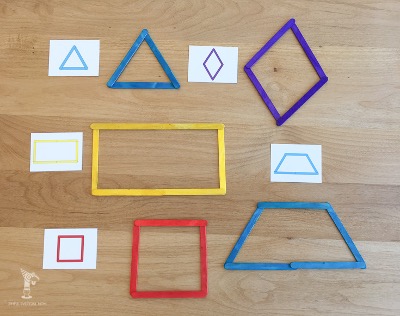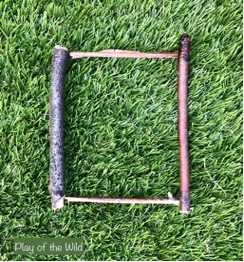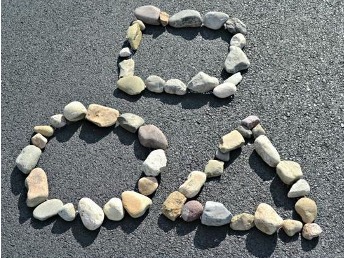Domains: geometry, mathematical thinking
Children will: identify, compose, and describe characteristics of different shapes
Teachers/Caregivers will: encourage shape recognition and mathematical thinking
Building shapes out of different materials is an excellent way for children to explore geometry. Using objects from your home or classroom, you can create shapes with your children, discuss how they look, and incorporate important mathematical vocabulary words into your conversation. By encouraging them to create and classify shapes, we can promote mathematical thinking and help children develop their categorization skills.

Gather popsicle sticks or any other long, straight objects (pencils, crayons, coffee stirrers, Q-tips, or silverware all make great substitutes). Have the child use the objects to create shapes. If the child is already familiar with basic shapes, you can ask them to construct triangles, squares, rectangles, or parallelograms. You can also offer pictures of shapes for them to match and copy.
Introduce some geometry vocabulary words as you create, such as side, angle, point, and closed shape. Count out the number of sides, angles, and points in the shapes you’ve created, or if your child is ready, have them count for you. Make connections between the numbers of sides, angles, and points and the names for each shape.

Extend this activity by:
- Asking questions about shape categorization, such as “Which shapes have four sides?” or “How do you know this is a triangle?”
- Bringing this activity outside and challenge your child to make shapes out of natural materials they find in a park or backyard
- Combining shapes to make more complex objects, such as a triangle on top of a square to create a house
- Connecting to literature: What Shape Can You See? By: Isabel Rivas and Michael Curtin
